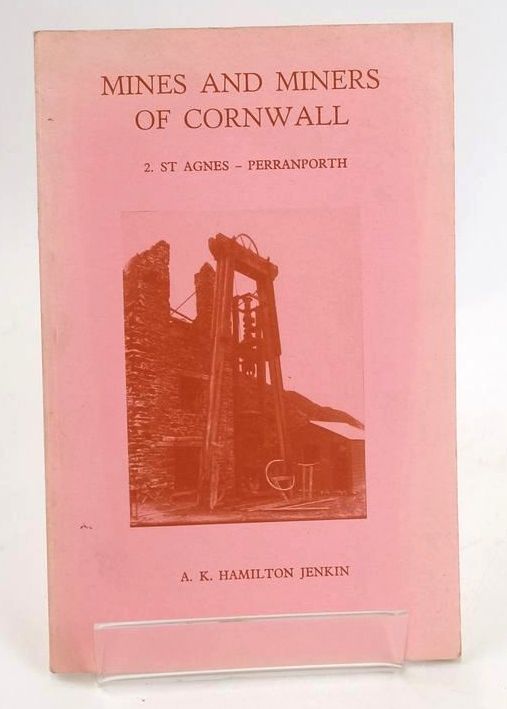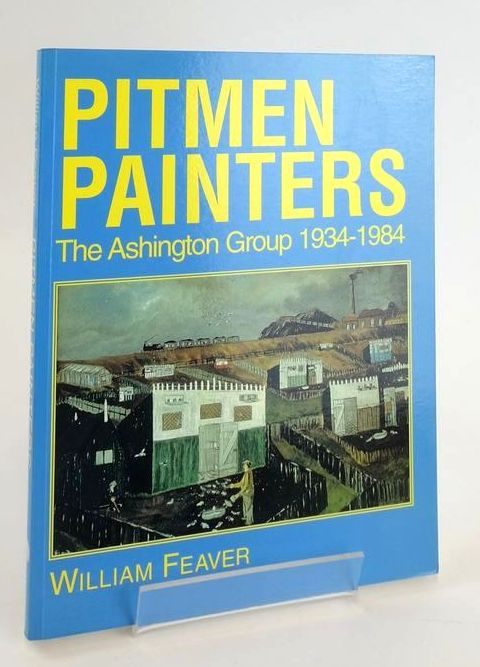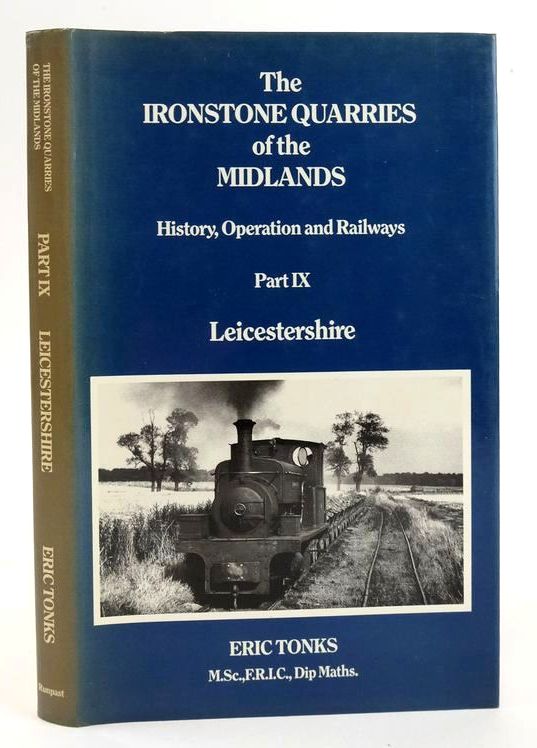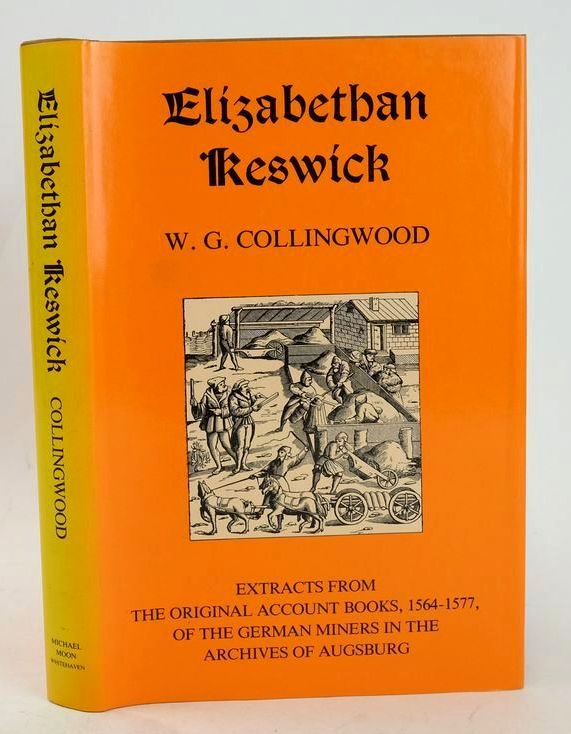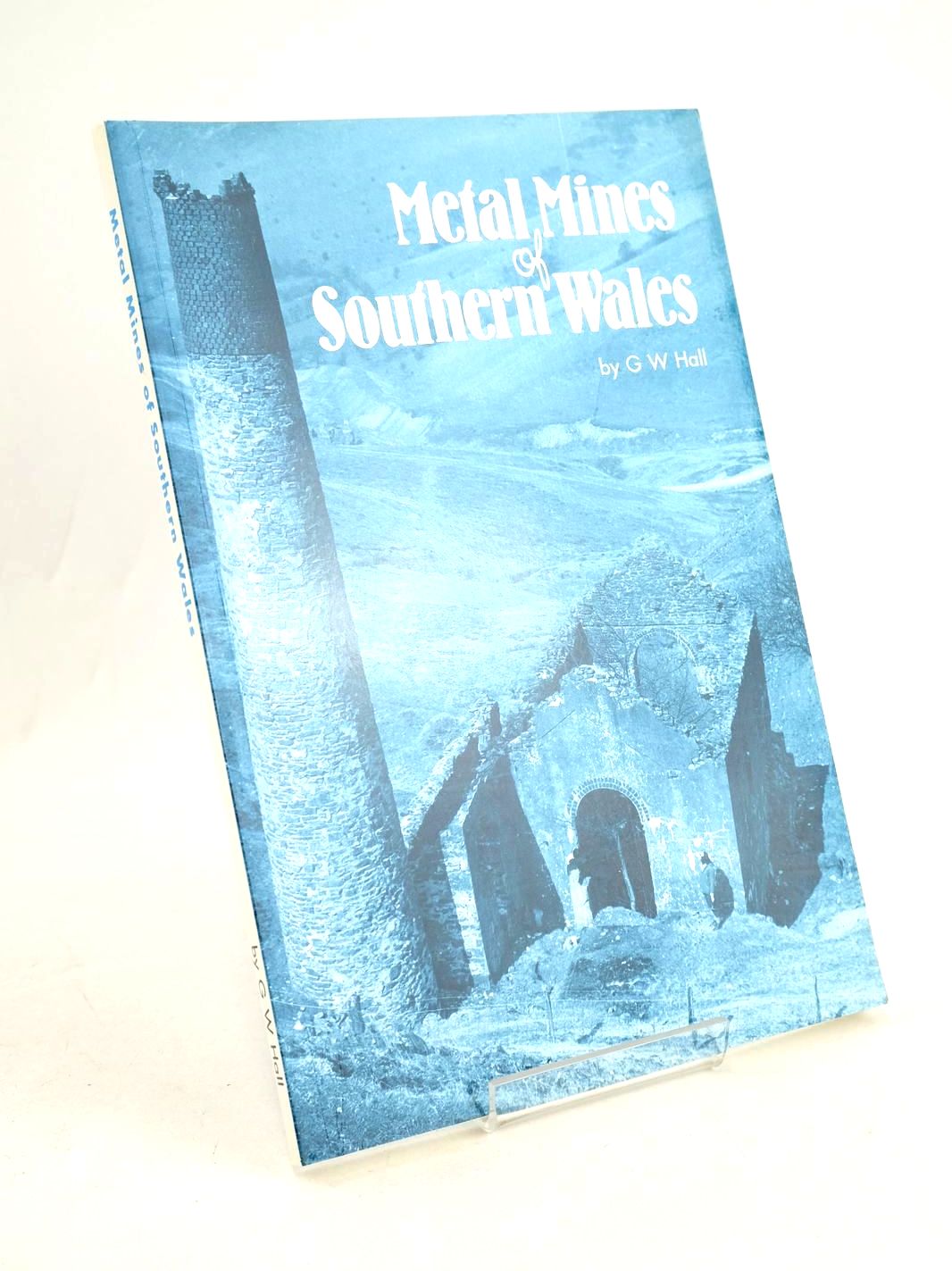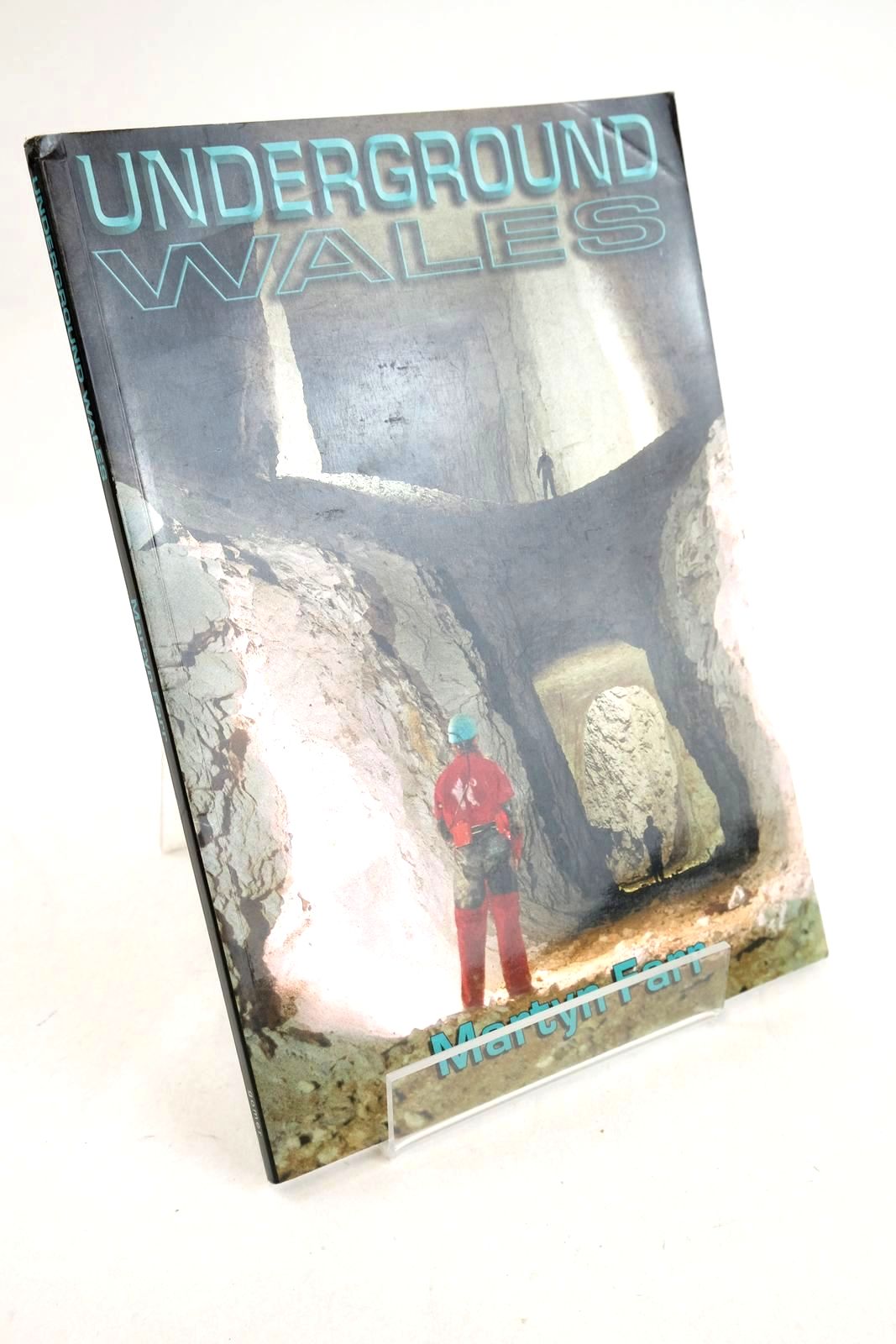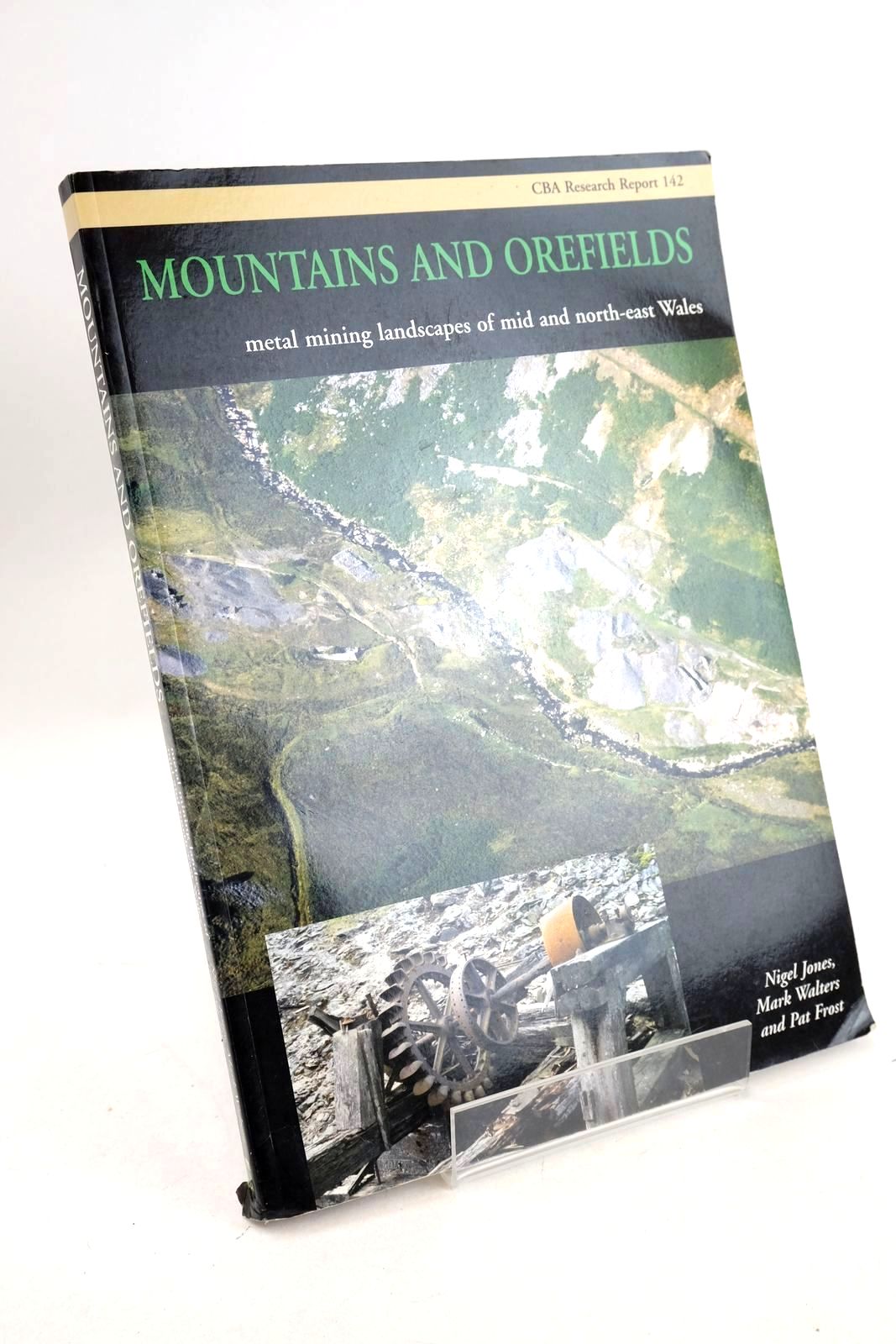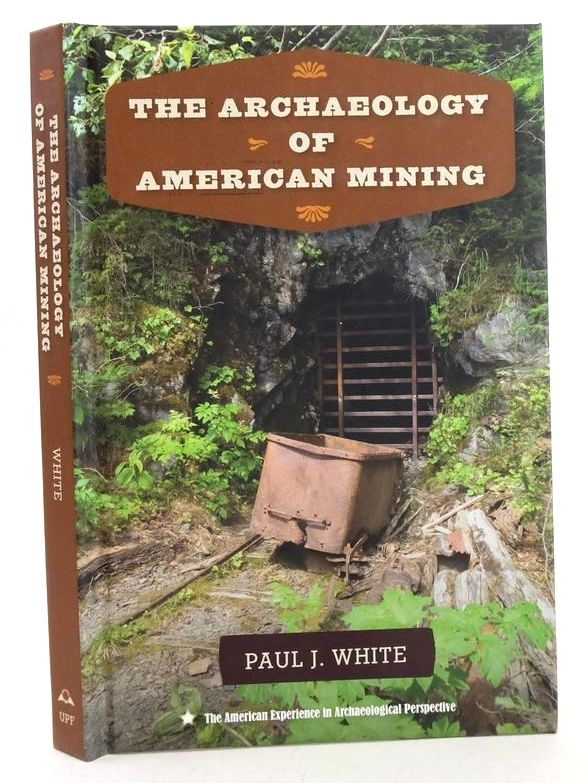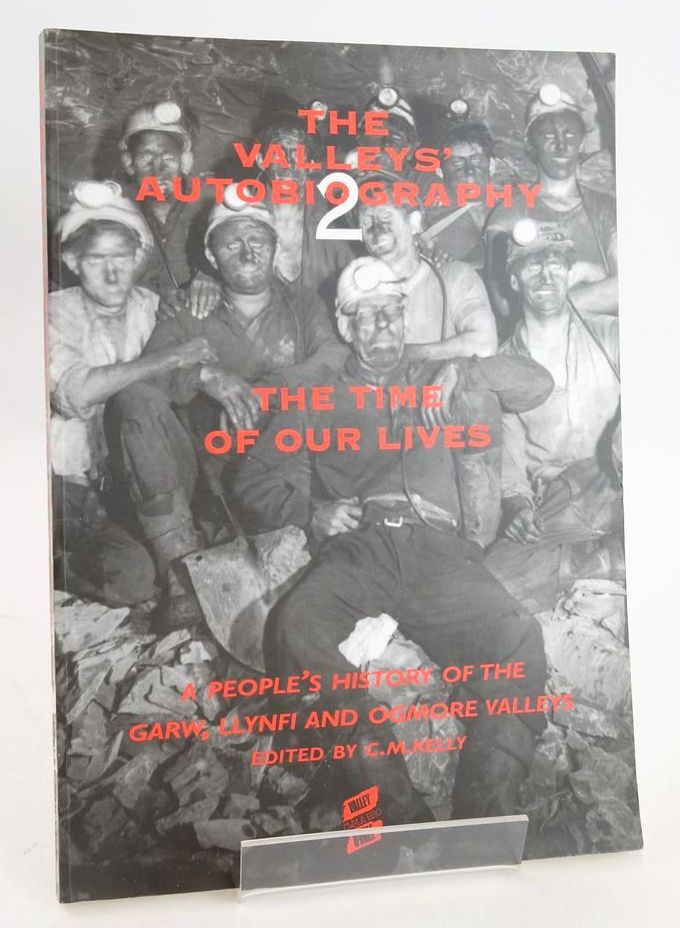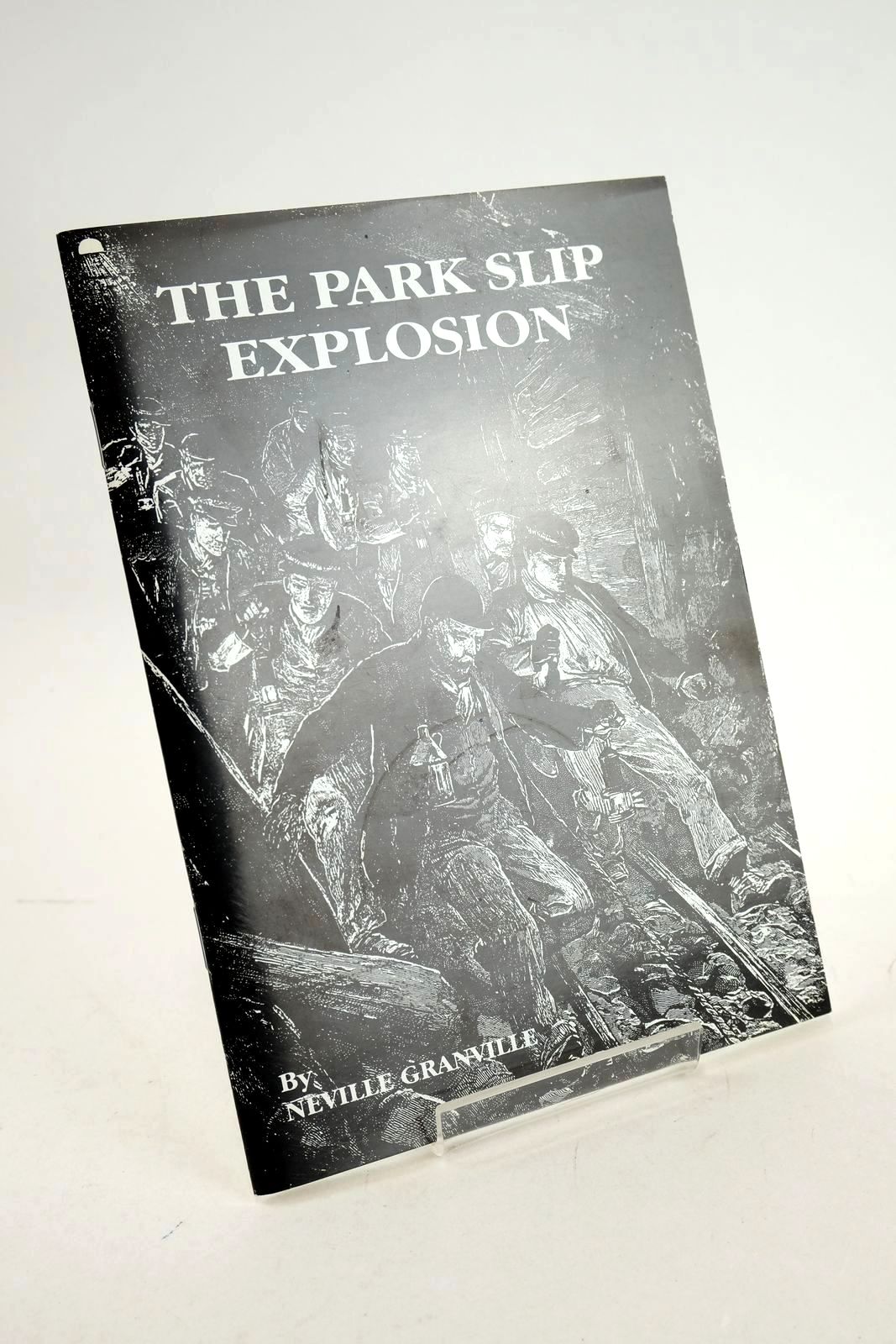Mineralogia Cornubiensis A Treatise On Minerals, Mines and Mining by William Pryce

 Most tin in this period was produced from alluvial deposits and true lode mining did not commence until the Middle Ages. Up until the early eighteenth century tin was the only metal mined in Cornwall and the smelting of copper or brass making was probably unknown. That rapidly changed as huge copper deposits were found and copper mining became the largest mining operation in Cornwall and this continued until the end of the nineteenth century. Despite this fact Cornwall is best known for its tin mines. Cornish copper deposits were the largest in Europe and the then civilized world. Because of the coal needed to smelt copper, very little copper smelting as opposed to mining took place in Cornwall, instead the ore was shipped to Swansea for smelting.
Most tin in this period was produced from alluvial deposits and true lode mining did not commence until the Middle Ages. Up until the early eighteenth century tin was the only metal mined in Cornwall and the smelting of copper or brass making was probably unknown. That rapidly changed as huge copper deposits were found and copper mining became the largest mining operation in Cornwall and this continued until the end of the nineteenth century. Despite this fact Cornwall is best known for its tin mines. Cornish copper deposits were the largest in Europe and the then civilized world. Because of the coal needed to smelt copper, very little copper smelting as opposed to mining took place in Cornwall, instead the ore was shipped to Swansea for smelting.
The major problem in all Cornish mines was water. In the early days this could be drained by adits but as the mines went deeper underground this was impossible and it was the invention and widespread use of the beam engine with its huge steam cylinders which made deep mining possible and drove the huge expansion in mining at the end of the eighteenth century. The industrial history of Cornwall is visible on the surface today with many of the Enginehouses for the Beam Engines still visible.
Published in 1778 Mineralogia Cornubiensis is the first and best great classic work on Cornish mining. It was written by William Pryce(1725-1790) from Redruth in Cornwall and his intimate connection with mining and knowledge enabled him to produce an exceptionally detailed account of Cornish mining at a particularly interesting period of its development.
Pryce starts his book with chapters on the geology to explain why it is that Cornwall was so rich in tin and copper and to a lesser extent, silver, lead and arsenic. Pryce saw at first hand the huge increase in copper production and he notes: 64800 tons produced between 1726 and 1735 rising to 75520 tons between 1736 and 1745.
Probably the most interesting part of his book are those sections describing the practical aspects of mining, including a very early description of the operation of, and detailed drawing of a Newcomen “Steam Fire Engine” a Beam Engine used for pumping out water.



An increasing problem as mines went deeper is the simple fact that the miners had to spend longer and longer actually getting to their place of work. When Pryce was writing this was still accomplished by endless ladders and, remember, the miner was not paid until he reached the lode. Sometimes there were 1500 vertical feet of ladders to be descended and ascended!. It was not until the Man engine, a system of reciprocating ladders and stationary platforms were introduced into Cornwall in 1842, that the ascending and descending was made easier. Pryce shows an excellent cross section of a typical mine, Bullen Garden Mine with its hundreds of ladders.
Perhaps not surprisingly since Pryce was a doctor he devotes a good deal of space to describe illnesses caused by various forms of “Mine Damps” and to the use of “Air Pipes” to try and provide fresh air into the mines.
An intriguing section is that on the use of the divining rod to find mineral deposits based on information provided by William Cookworthy of Plymouth. This is, of course, none other than the man who discovered the use of China Clay (from Cornwall) in making fine porcelain to rival the Chinese imports and who also helped John Smeaton in the construction of the Eddystone Lighthouse.
Mineralogia Cornubiensis remains the greatest single storehouse of practical knowledge on Cornish mining and metallurgy prior to the nineteenth century.
Contributed by Cliff
(Published on 10th Dec 2014 )


